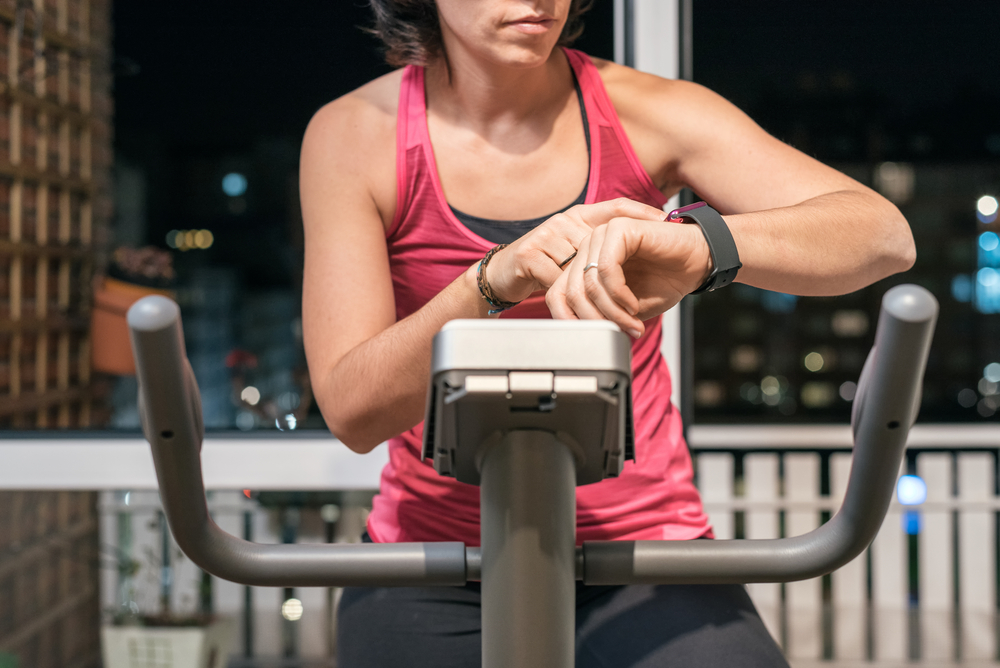Clipless pedals connect shoes directly to pedals, improving pedaling efficiency and control. But the learning curve and special shoe requirement make some cyclists hesitant to switch.
Quick Answer: Clipless pedals use a cleat on the shoe sole that locks into pedal mechanisms. Benefits include better power transfer, improved pedaling efficiency, and secure foot placement. Expect 2-3 rides to feel comfortable with the engage/release motion.
How Clipless Pedals Work
Despite the name “clipless,” these pedals clip your shoes to the pedals using a mechanical cleat system. The term originated to distinguish them from old-school toe clips and straps.
Main Clipless Systems
- Road pedals (SPD-SL, Look, Time): Large cleats, maximum efficiency, not walkable
- Mountain pedals (SPD, Crankbrothers): Small recessed cleats, walkable shoes, easier entry/exit
- Hybrid pedals: Flat platform on one side, clipless on other for versatility
Benefits of Clipless Pedals
Clipless systems allow pulling up on pedals as well as pushing down, engaging more muscle groups through the pedal stroke. Your feet stay in optimal position without sliding forward or backward during hard efforts.
The secure connection improves control on rough terrain and during sprints. Many riders report less foot fatigue on long rides since shoes don’t need to grip flat pedal surfaces.
Making the Transition
Start with tension set to the easiest release setting. Practice clipping in and out while stationary, holding onto a wall or fence. When riding, unclip one foot early before stops to avoid tipping over.
Choose low-traffic areas for initial rides. Most beginners have one or two slow-motion falls while learning. Grass or soft surfaces minimize embarrassment and injury risk.
Common Beginner Mistakes
- Forgetting to unclip at stop signs and traffic lights
- Trying to clip in while looking down instead of feeling for engagement
- Setting tension too high before developing muscle memory
- Panicking during first rides instead of practicing in safe areas
Cleat Position and Float
Cleat position affects knee alignment and pedaling comfort. Start with cleats positioned so the ball of your foot sits over the pedal spindle. Adjust fore-aft based on comfort and any knee pain.
Float allows your heel to move inward or outward slightly while pedaling. Most riders prefer 4-6 degrees of float to accommodate natural foot movement and reduce knee strain.


Leave a Reply